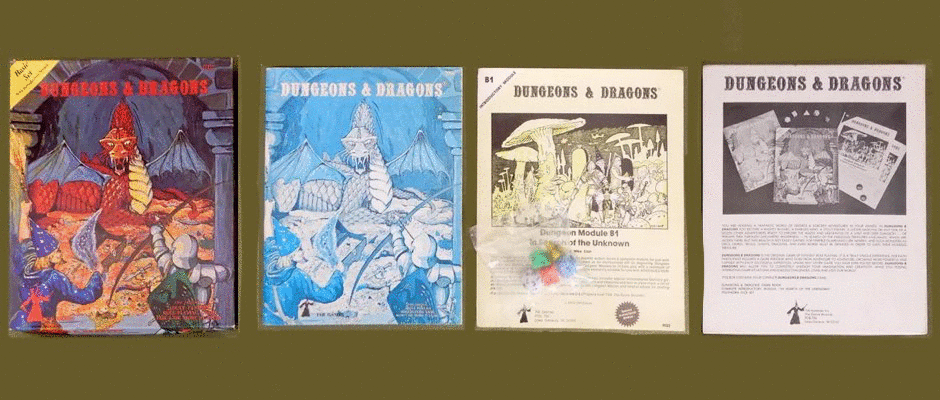One of my biggest peeves with Hollywood is their failing grades in Astronomy, they’re almost as bad as the Deep South’s grades in Science overall. I know they’re just movies or TV shows, but c’mon, our understanding regarding the galaxy has improved a thousandfold since the days of Flash Gordon serials from the Thirties. Back then, the Earth being invaded by the passing planet Mongo was cool despite it being completely implausible if you struck up a conversation with Dr. Hubble or anyone studying Physics at a college level. However, that was eighty years ago. Science Fiction’s authors, creators and audience have matured decade by decade as new discoveries were made.
So when Star Trek was being developed in the Sixties, Mr. Spock was originally a Martian. This probably got shot down quickly in the writing room because the average Westerner knew Mars was a lifeless rock (by terrestrial standards) and they were trying to shoot for more accuracy in light of the Space Race. Hence, everyone’s favorite intellectual alien came from the more credible Vulcan which orbits Epsilon or 40 Eridani…currently a billion-to-one possibility thanks to what we’re learning every day about Exoplanets.
Other attempts didn’t even bother yet I didn’t know any better during Battlestar Galactica‘s initial run from 1978-79. I was 10 and I loved any shows which filled the three-year void between Star Wars and The Empire Strikes Back. Recently I re-watched the original episodes on Netflix. Besides it being Mormons in Space with the pilot and the re-discovery of Kobol, the Astronomy, Astrophysics and Physics throughout the show were atrocious, practically insulting even by Seventies’ standards! I’ll spare you the details, unless you ask.
Despite my gripes with the re-imagined BSG, I thought it blew away the original, all Star Trek shows since Next Generation, Space Above and Beyond (not very hard to do) and all the other sorry attempts by the major networks. The only show it didn’t beat for me is Babylon 5. Sure this program appears fairly dated (we’re watching it on Netflix streaming too) with the Nineties fashions but it pulled fewer punches on the stories, characters and consequences. B5‘s rough first season and clumsy fifth get a pass due the program’s shaky syndication/TNT issues.
What really cinched BSG (2003) and B5 for me were the use of real-world Physics. The fighter battles in Star Wars are awesome yet the participants are zipping as if the rules of atmospheric flight applied. Therefore Darth Vader picks off the Rebels in the Death Star‘s trench from behind because nobody can flip around 180 degrees to shoot back like Starbuck could in her Viper or Sheridan in his Starfury.
I’m nitpicking and I’m finally getting to my point.
Last month, Dr. Plait plugged this fan-gift site called QMX Online for its just released map of the Twelve Colonies from the 2003 version. This isn’t any goofy fan-boy, theoretical attempt on trying to postulate the planets’ locations. It was developed by one of the co-executive producers (Jane Espenson) and the show’s science advisor Dr. Kevin Grazier (an astrophysicist with NASA). In plain English, the map entails pretty much everything we know about the galaxy today and applies how a place with 12 habitable, Earth-like (some near-Earth-like, see Aquaria) worlds could exist in such a relatively small area. The odds are slim, probably in the quadrillions yet is not impossible. At least, they stuck with stars (Gs and massive Ks) which are the stronger candidates to have decent-sized “life zones.”
This is what I gave my friend Jeff. He loved it since there were be only so many of these printed and he’s with me on supporting Science. Fear not, I bought one for me too, it’s just on hold at the UPS center.

And again I can’t thank you enough for such a great present!!!! You rock!!